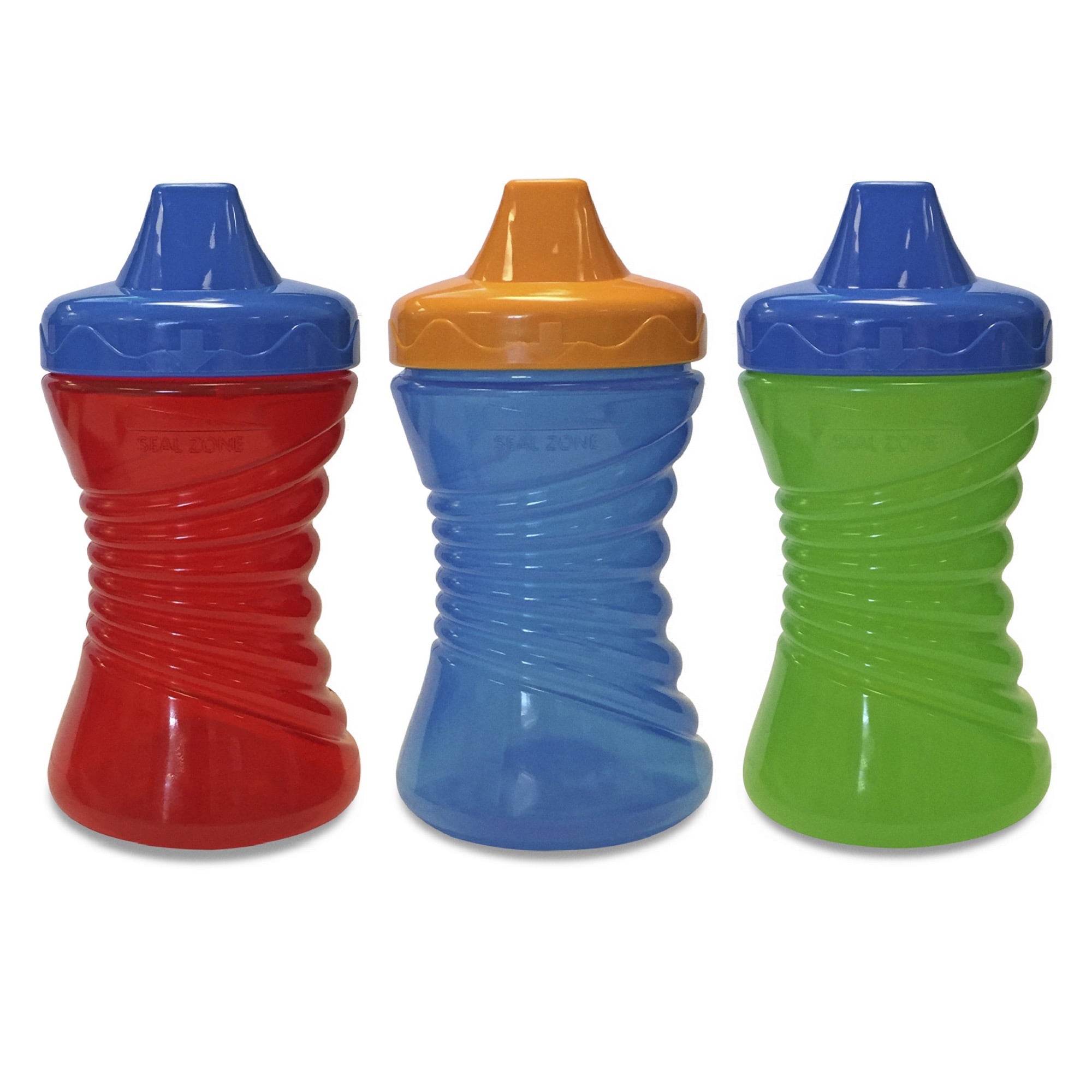

In any new large vaccine rollout, some people will experience a serious medical problem in the period after the new vaccine is given, and wonder “was it from the vaccine?”. We’re vaccine experts and while we can’t specifically comment on Phelps’ concerns, here’s how adverse events are tracked, confirmed and prevented. This has prompted public discussion about severe side effects, known as “adverse events”, after COVID-19 vaccines. Phelps herself experienced breathlessness and blood-pressure fluctuations after her second dose.

In her submission to the parliamentary inquiry into long COVID, Phelps said her wife Jackie Stricker-Phelps had ongoing neurological problems after her first vaccine. The result: A list of great sippy cups to help your little one transition away from the bottle or breast.How common are severe side effects from COVID vaccines? And how are they detected?įormer federal MP Dr Kerryn Phelps has talked this week about the medical problems she and her wife had after their COVID-19 vaccinations around 18 months ago. Our team of editors and product testers then considered products for their ease of use, durability and overall value. We polled thousands of parents from the What to Expect Community about the sippy cups they've used with their own children to find consensus on the options that are easiest to clean, are least likely to leak and - perhaps most importantly - are most likely to be accepted by notoriously finicky tots. Also, look for cups with handles or grippy material that’s easy for little hands to pick up. Some children do better with straws, while others benefit from a spout.
NUK SIPPY CUP HARD SPOUT FREE
NUK SIPPY CUP HARD SPOUT HOW TO
“Straws are better for oral motor development, but most babies can't figure out how to use them before they are 9 to 12 months old,” says Dr. Soft spouts and straws are popular choices, as they more closely resemble nipples and are easier for tots to learn how to drink from.

With so many options available on the market, how do you know which sippy cup is the best for your baby or toddler? Types of sippy cups Limit use to mealtimes and to quench thirst only. Like bottles, sippy cups can lead to cavities if they’re used all the time, or if a little one lies down with one. “That tends to encourage over-drinking which can fill them up so they don't eat their meals.” “Toddlers don't need to carry around a cup all day like a security blanket,” says Dr. Try to think of the sippy cup as a bridge to the real thing, and switch to a real cup once she gets the hang of holding it upright, rather than letting it become a comfort object. Your child can begin using a sippy cup as soon as she can sit in a high chair to eat solid foods. “We recommend introducing a sippy cup around 6 months old so the child becomes familiar with it and proficient so that by their first birthday they can use them and start weaning off bottles, says Lauren Crosby, M.D., a pediatrician at La Peer Pediatrics in Los Angeles. While the American Academy of Pediatrics recommends giving up a bottle somewhere between 12 and 24 months, there is understandably a learning curve that’s sure to result in ample spills in the meantime - which is where sippy cups come in. Making the transition from bottle or breast to a proper cup can be a challenge for a lot of little ones, and a sippy cup is an ideal product to bridge this gap.


 0 kommentar(er)
0 kommentar(er)
